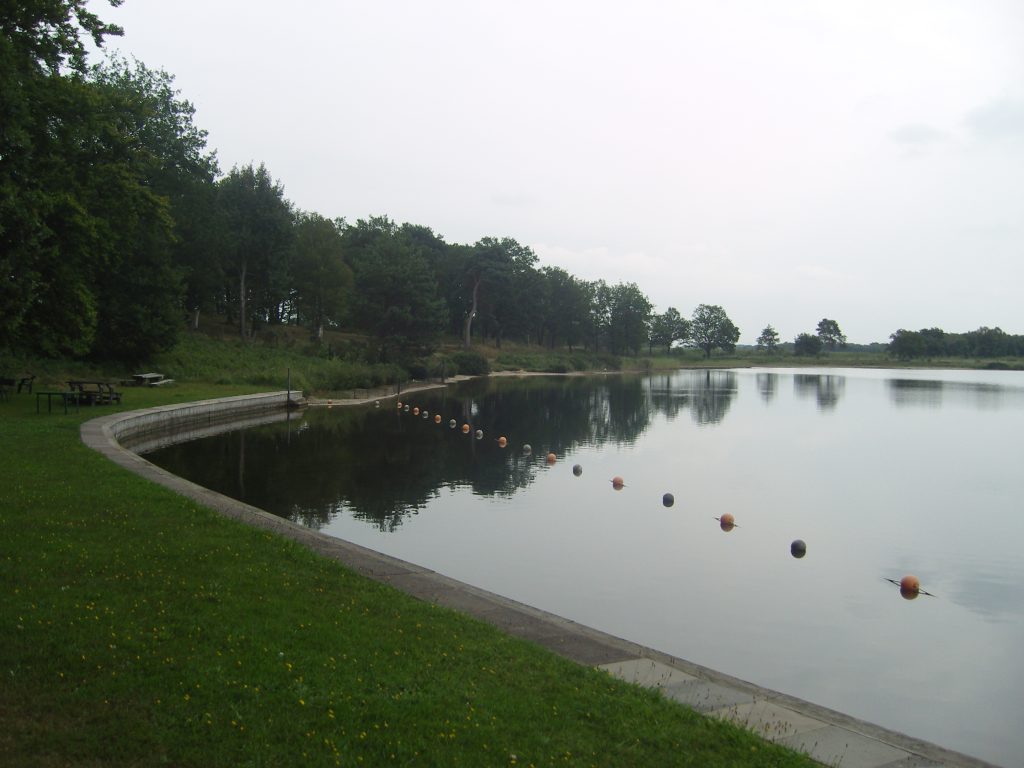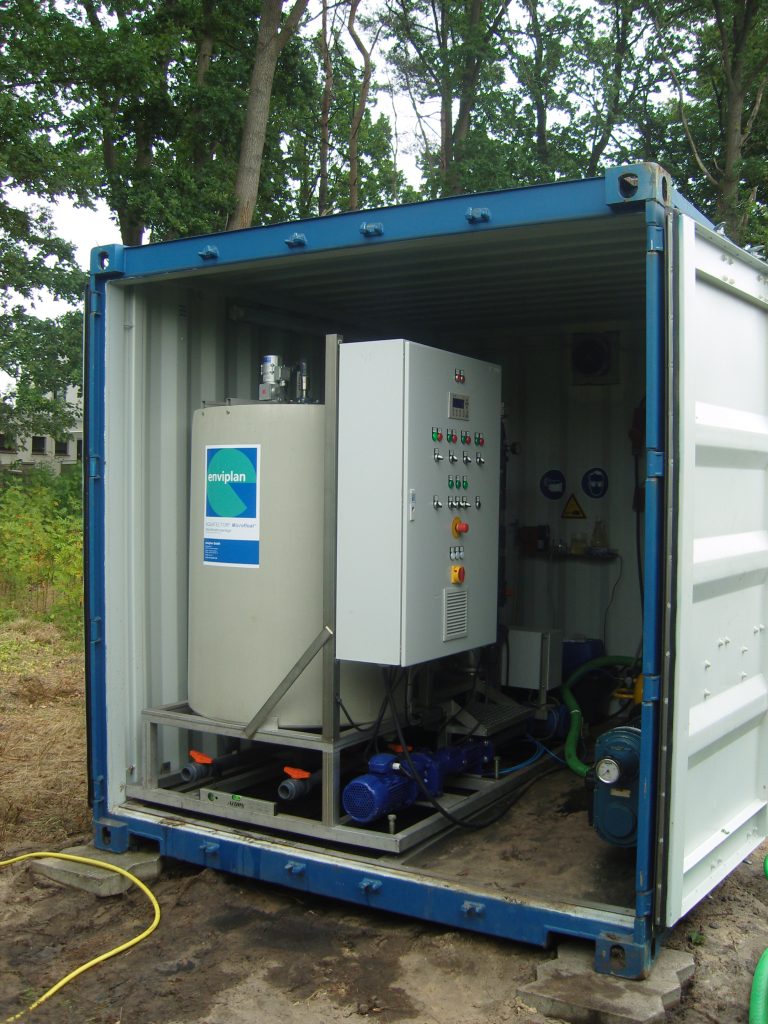Lake Wollingst in northern Germany, with a size of 4.5 ha and a water depth of 14 m, was once an oligotrophic heath lake due to the mineral-poor sandy subsoil. Plants that were endangered throughout Germany, such as the lobelia, the beach lily and the brooklime, could be found here. Due to agriculture and excessive bathing since 1960, the nutrient content in the water increased.
It was therefore decided to extract the nutrient-rich and oxygen-poor water from a depth of 13 meters and to dose it with a small amount of precipitant before purifying it with the help of the PeliCon system.
The purified water flowed into the lake after microflotation via a gravel/sand bed. The collected flotation sludge was transported to the Beverstedter sewage treatment plant.
This treatment measure reduced the phosphate concentration from approx. 44 µg/l in the inflow to approx. 28 µg/l in the outflow. As a result, an elimination efficiency of 36 % was achieved.


